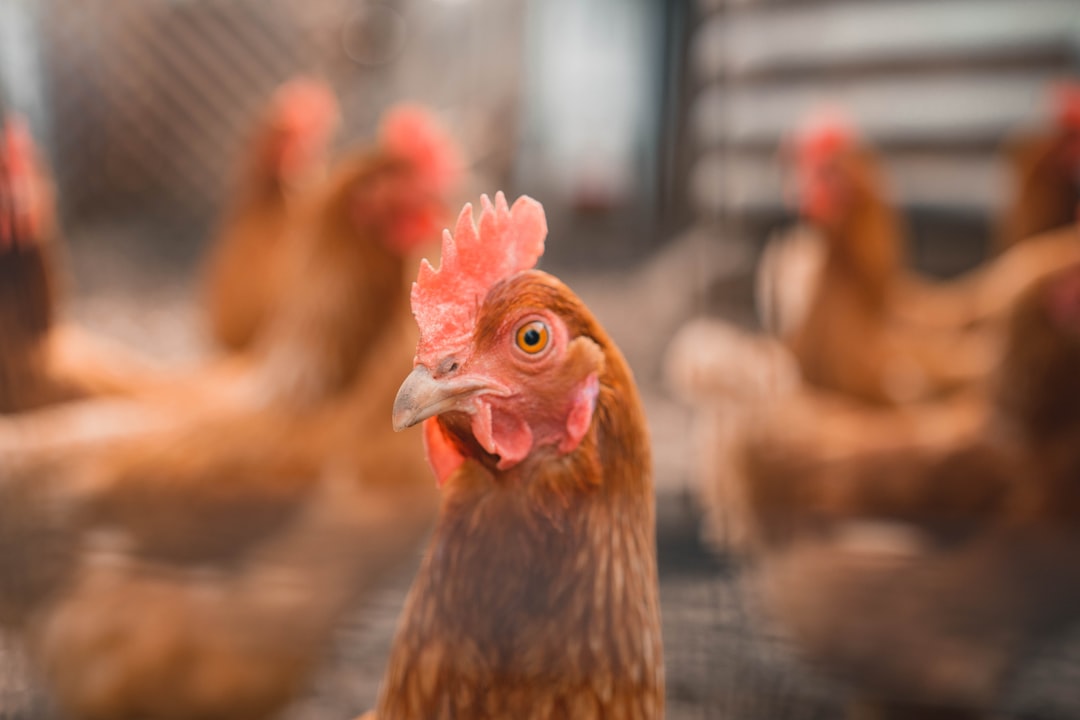What is it about?
ObjectiveTo determine the normal values and repeatability for Schirmer tear test (STT) in clinically normal dromedary camels and to analyze the influence of the age and gender on these values. Animals studied Thirty clinically normal dromedary camels of different ages (calves, immature, and mature). Procedures Schirmer tear tests I and II were performed using commercial STT strips. Three measurements were obtained from each eye over three consecutive weeks, and the variance of these measurements was determined. ResultsMean values and coefficient of variation of STT I and STT II for the right and left eyes varied significantly among camel groups (P<0.05). For STT I, the most frequently recorded values were >14–18,>22–26, and>30–34 mm/min in calves,immature camels, and mature camels, respectively. For STT II, however, the most frequently recorded values were 7–14,>10–18, and>26–30 mm/min, respectively. The interassay coefficients of variation were 1.7–14.4% and were significantly lower in mature camels than in calves and immature camels (P<0.05). Age was positively correlated with STT I (r=0.81) and STT II values (r=0.88). No significant variations were found between genders. ConclusionsThis preliminary study reports STT I and II values and repeatability in normal dromedary camels. This information may assist veterinary practitioners in complete ophthalmic examinations and in accurate diagnosis of ocular surface diseases affecting the tear film in this species.
Featured Image
Why is it important?
This preliminary study reports STT I and II values and repeatability in normal dromedary camels. This information may assist veterinary practitioners in complete ophthalmic examinations and in accurate diagnosis of ocular surface diseases affecting the tear film in this species
Read the Original
This page is a summary of: Reference values and repeatability of the Schirmer tear tests I and II in domesticated, clinically normal dromedary camels (Camelus dromedarius
), Veterinary Ophthalmology, August 2016, Wiley,
DOI: 10.1111/vop.12411.
You can read the full text:
Contributors
The following have contributed to this page










